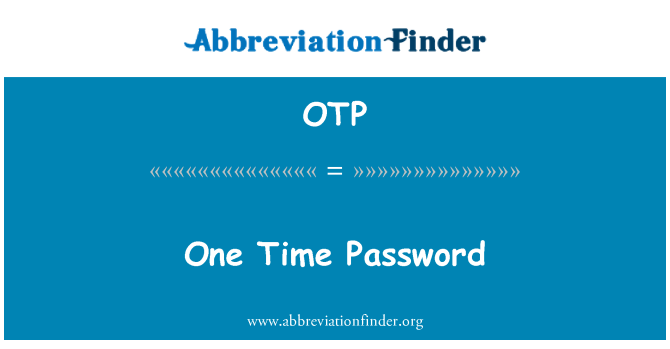

Unfortunately, cybercriminals are constantly evolving and finding new ways to steal login credentials and the data those credentials protect.

Multi-Factor Authentication (MFA) Assurance Levels In fact, this has been proven to be highly effective at stopping cyber attacks using username and password combinations. This makes the idea of adding a second form of authentication very appealing as it could drastically decrease the risks associated with weak password policies and poor security practices. As we all know, a password is only as strong as the person using it, and to remember a password a user may tend to make it something easy like password123! or write it down and stick it to the back of their keyboard. This is especially true when it comes to your personal information (PII) or your organization’s proprietary information (PI). The MFA we have today is vastly different from that of the ’90s when the earliest form of two-factor authentication (2FA) was invented and patented by AT&T.ĢFA is just as the name implies: in addition to a password, an additional factor of authentication must be used to ensure the users' identity. The ever-changing landscape of threats and best practices has led to constant innovation in authentication. The evolution of multi-factor authentication (MFA) is like that from the turning rotary phone, to the first mobile phones, and then the smartphones we use today.


 0 kommentar(er)
0 kommentar(er)
